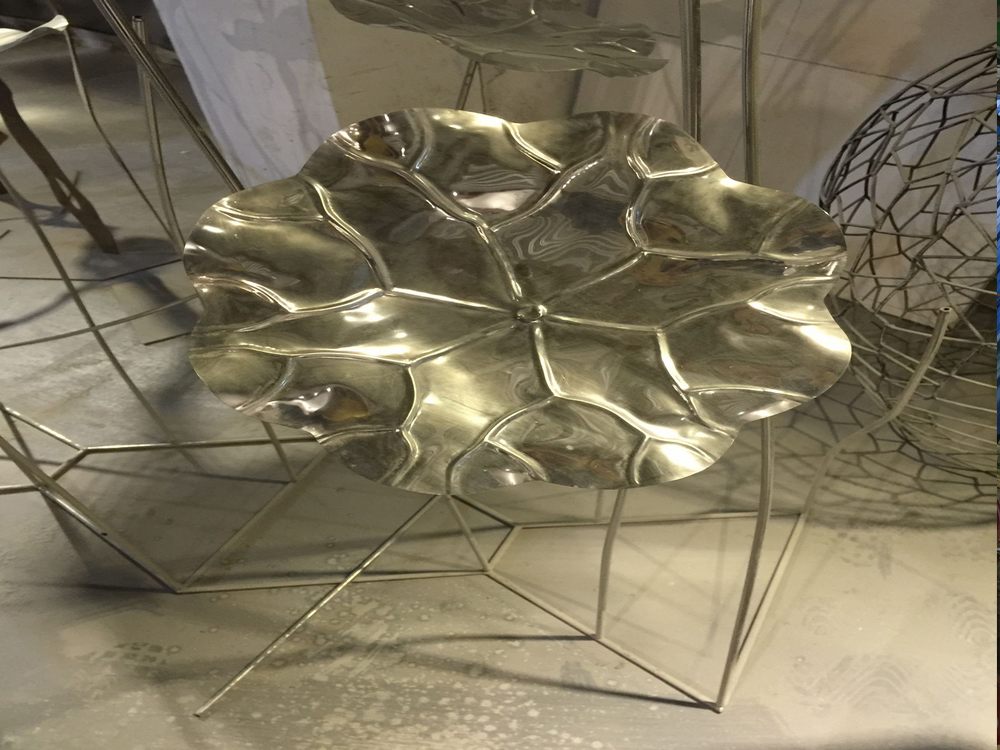
Carving stones is an art that requires understanding the material's properties. Isotropic and anisotropic stones behave differently under tools, impacting the carving process.
Isotropic Stones
Isotropic stones, like soapstone or alabaster, have uniform physical properties in all directions. This means they respond consistently to carving, making them easier to shape symmetrically. Their lack of grain or cleavage planes allows for smooth, predictable cuts, ideal for beginners or detailed work.
Anisotropic Stones
Anisotropic stones, such as granite or marble, exhibit varying hardness and texture depending on the direction of carving. Their crystalline structure creates natural cleavage planes, requiring careful tool handling to avoid fractures. These stones often produce striking visual effects but demand advanced techniques.
Key Differences
1. Uniformity vs. Variation: Isotropic stones are uniform; anisotropic stones change with direction.
2. Ease of Carving: Isotropic stones are more forgiving, while anisotropic stones require precision.
3. Final Appearance: Anisotropic stones offer dynamic patterns, whereas isotropic stones yield consistent finishes.
Choosing the right stone depends on the project's complexity and desired outcome. Mastering both types unlocks endless creative possibilities.

